How high jewellery designers fell for retro culture: from Coco Chanel’s 30s Jazz Age collection, to Tiffany & Co. and Piaget’s love for the 70s disco era, and Boucheron and Stephen Webster embracing the 80s
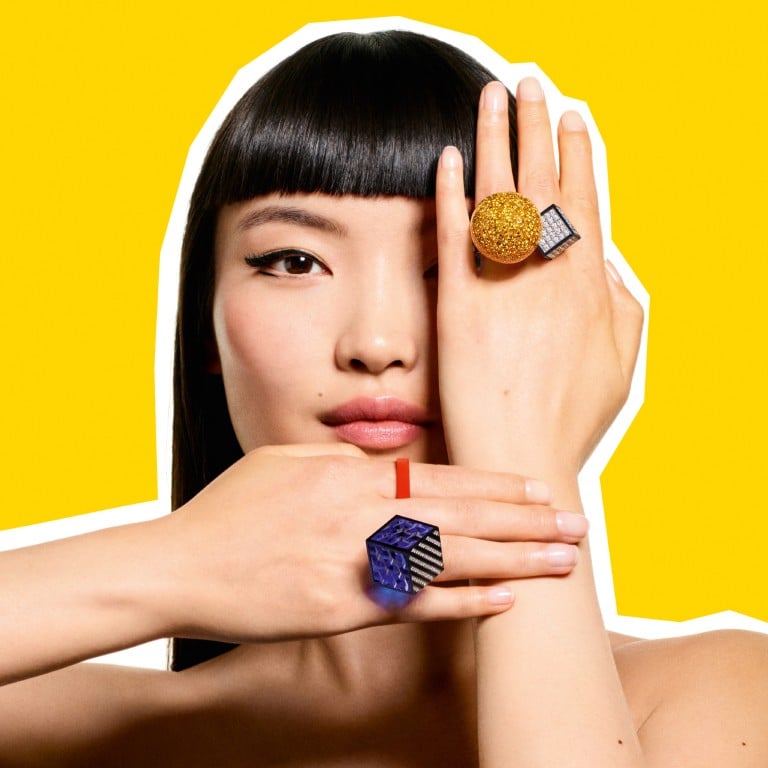
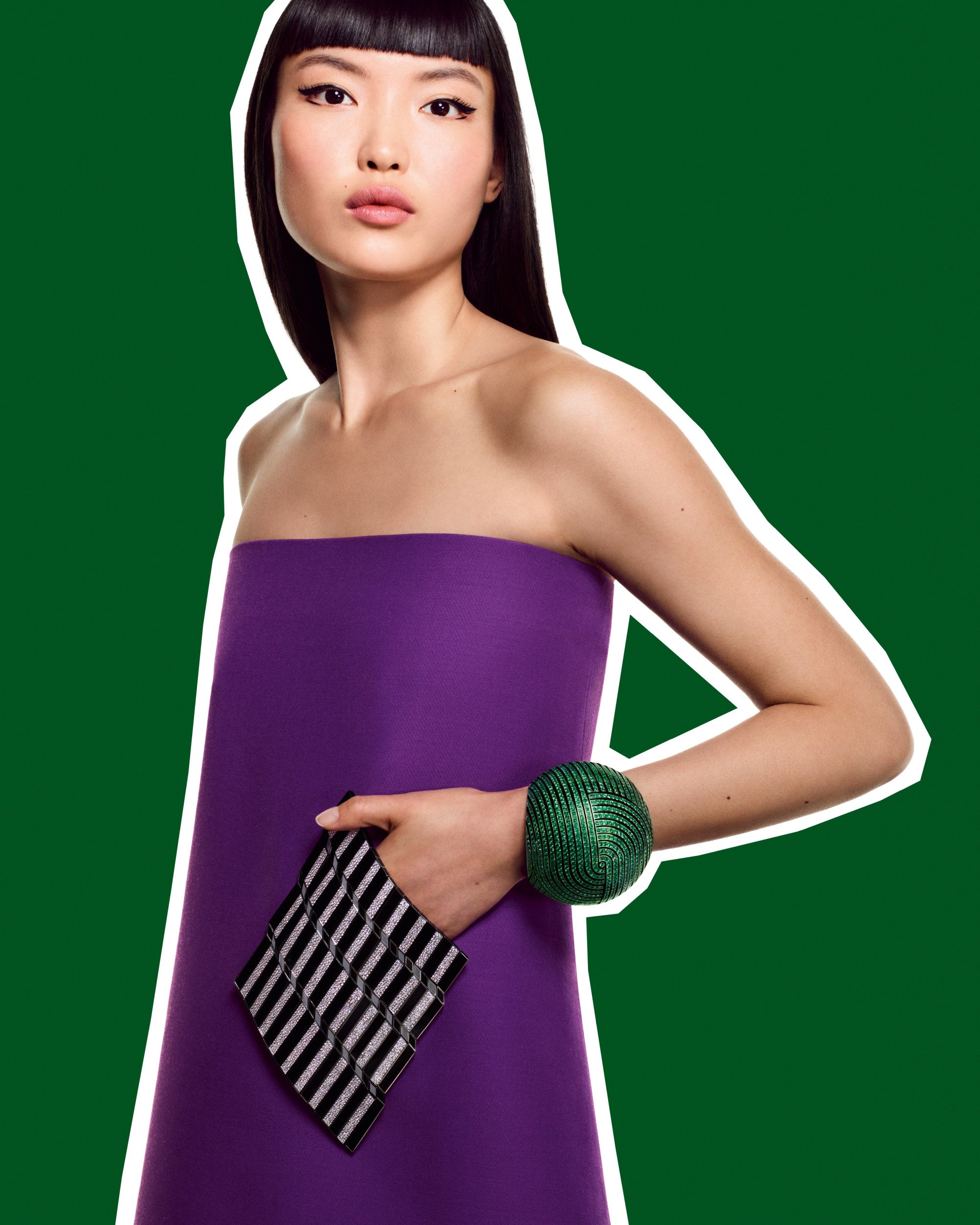
EmRata’s name necklace for son Sylvester is sparking a personalised jewellery trend
For the More is More collection, Choisne riffed on these motifs and 1980s cultural touch points such as the Rubik’s Cube (which inspires a bejewelled necklace), the badges affixed to denim jackets by New Wave teens (reworked into precious brooches), and plastic hair bobbles (transformed into funky lacquer, titanium and white-gold rings).
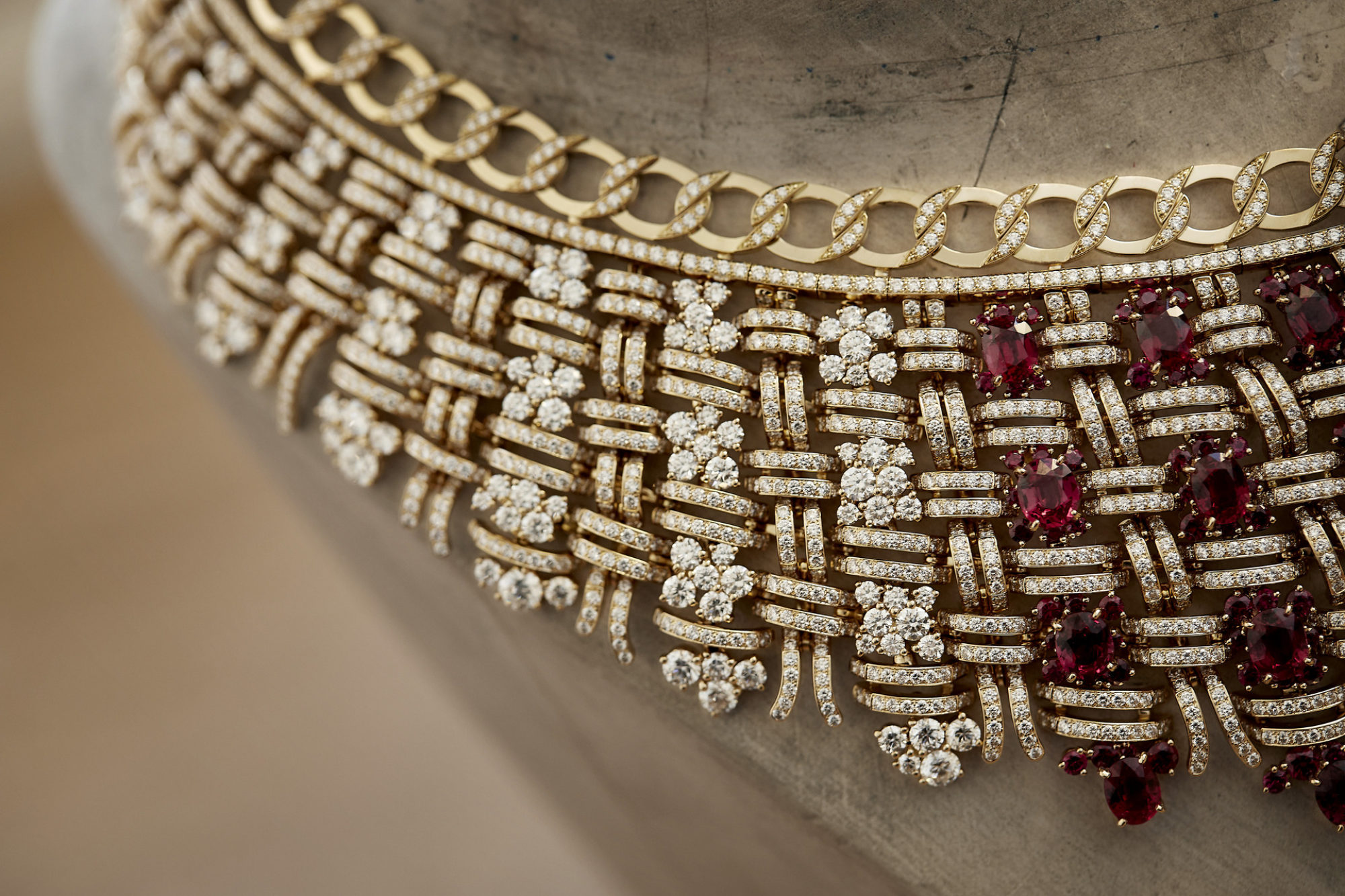
She has also created a daring magnesium and diamond hair bow that resembles the large-scale 80s pop art sculptures of Roy Lichtenstein, and a gem-encrusted, fully functional pocket in 3D-printed titanium that can be attached magnetically to almost any item of attire. Another piece intended to elevate an otherwise everyday garment is Choisne’s hoodie string adornment (also functional as earrings), in a rainbow of materials including diamonds, lacquer, onyx, opal, gold and titanium.
Green light: why jade jewellery still captivates us, 9,000 years on
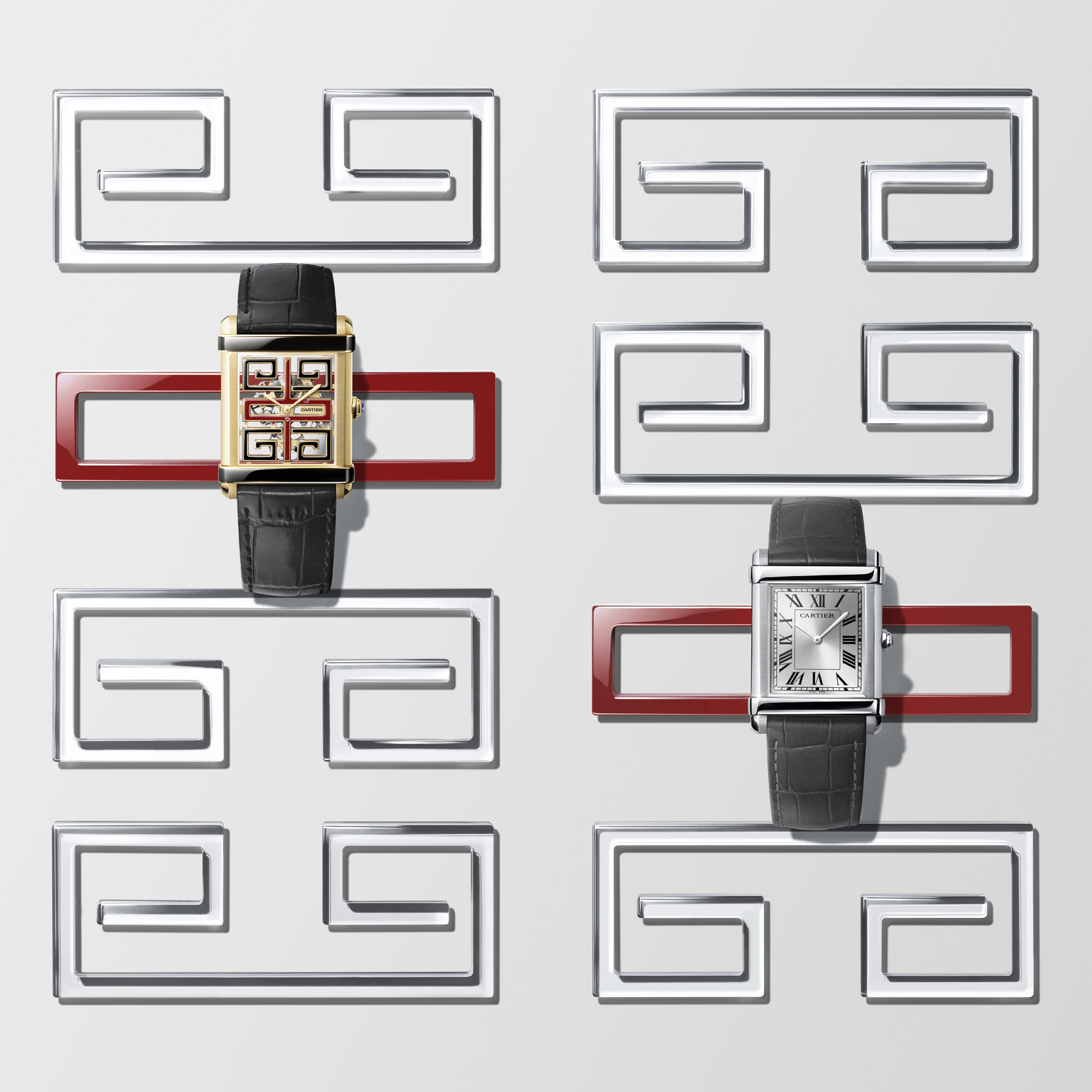
“We’re old so we’re not afraid to try new things, and it’s not that because they’re expensive pieces, they should be boring. Fashion is cool so high jewellery should be too.”

The designer says his recent Thorn Embrace collection channels the spirit of the New Romantic movement. This reference is displayed most clearly “with the addition of a magnetic combination of two pear shapes coming together, perfectly signifying a completed heart”, according to Webster.
Celebs from Kim K to Rihanna love oversized cross jewellery – should you?
With all pieces made from 18k recycled gold, Thorn Embrace features a broad and colourful variety of gemstones, with an emphasis on the pear-shape cut. Earrings, rings, bracelets and chokers are adorned with diamonds, emeralds, spinels, tanzanites, tourmalines and garnets.
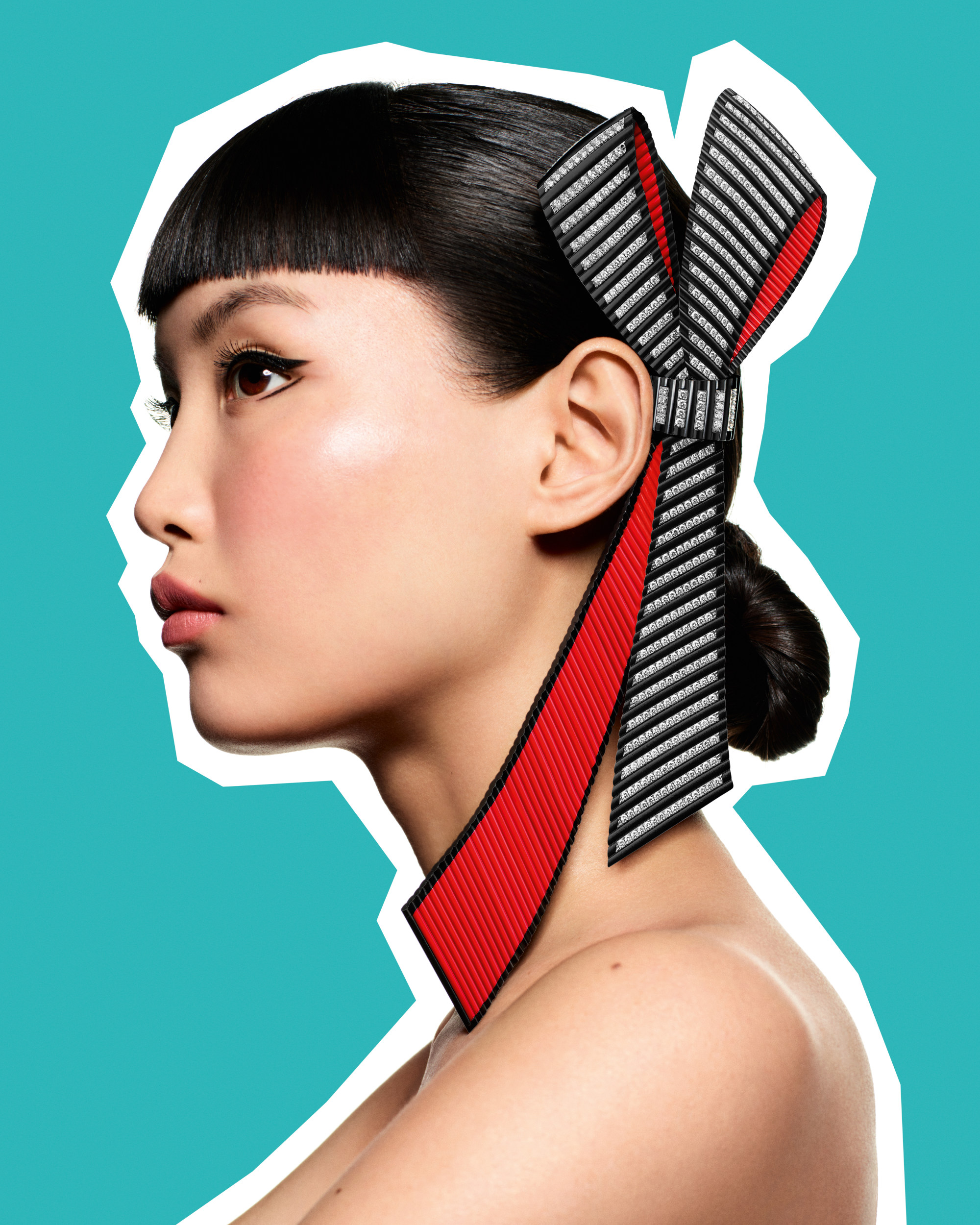
“We call ourselves a maison of extravaganza – extravagant elegance,” says Fatemeh Laleh, Piaget’s international communication and image director. “We were always different. There was always something very natural about having a twist in everything that we do.”
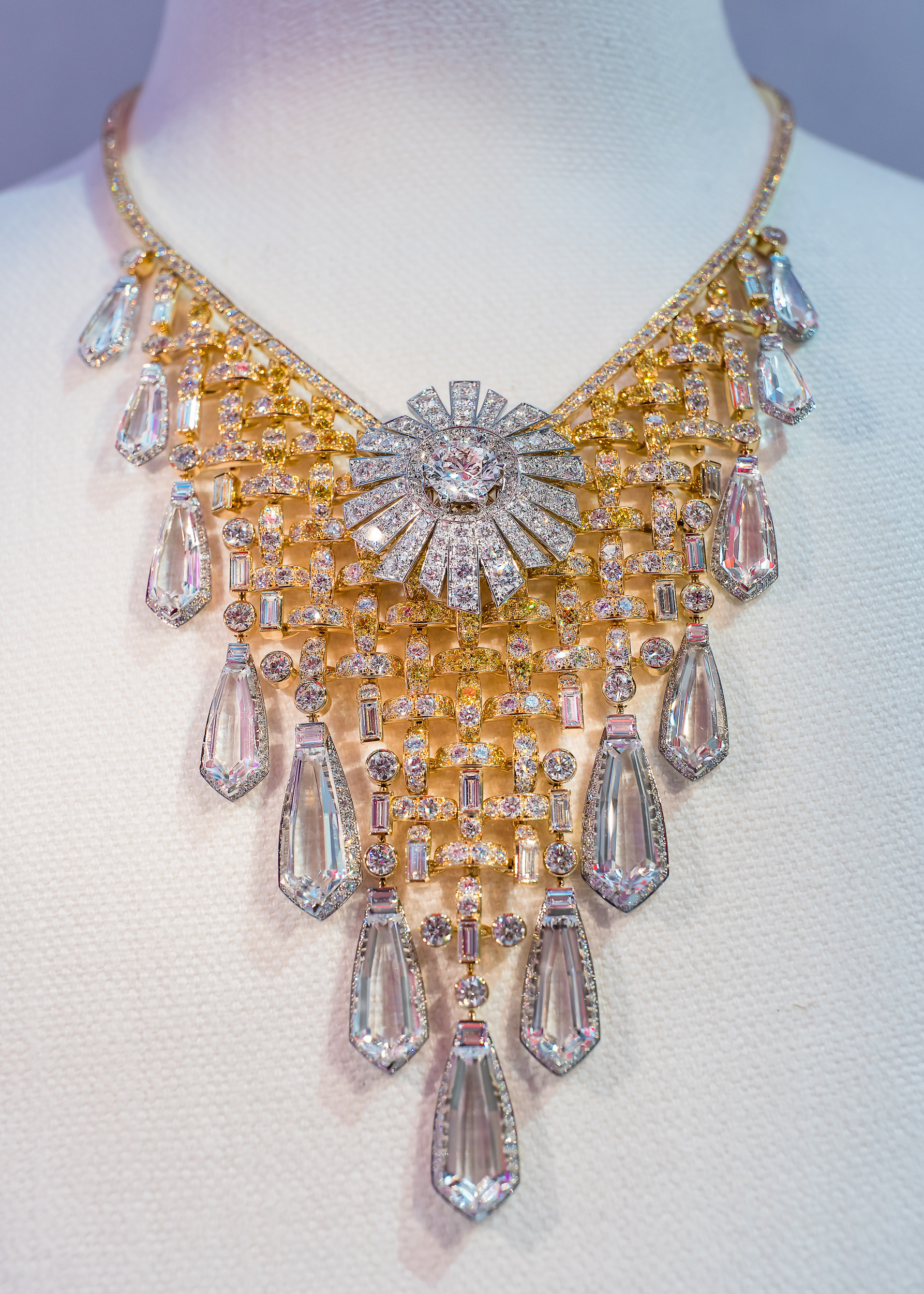
When Laleh first went to work at the brand, she says, “I learned a lot about Piaget. I dove into the history, the heritage.” One thing that became apparent during these explorations – especially when examining archival materials and pieces from the 1970s – was Piaget’s upbeat mood.
“There was this optimism that really struck me as something that differentiated us,” she says. Looking at the Piaget of the 1970s, she explains, “There was this very vibrant, colourful approach” – with a bold use of eye-catching hues and exotic materials.

“The gem setting, the way we work with colour – I think it went beyond flamboyance. There was a decadence to the creations, a provocation – that’s really what I saw when I went into the archives.” It’s this mood that Laleh is striving to revitalise within the brand, and by extension, its watches and jewellery.
Androgyny and the timepiece: the male celebrities wearing women’s watches
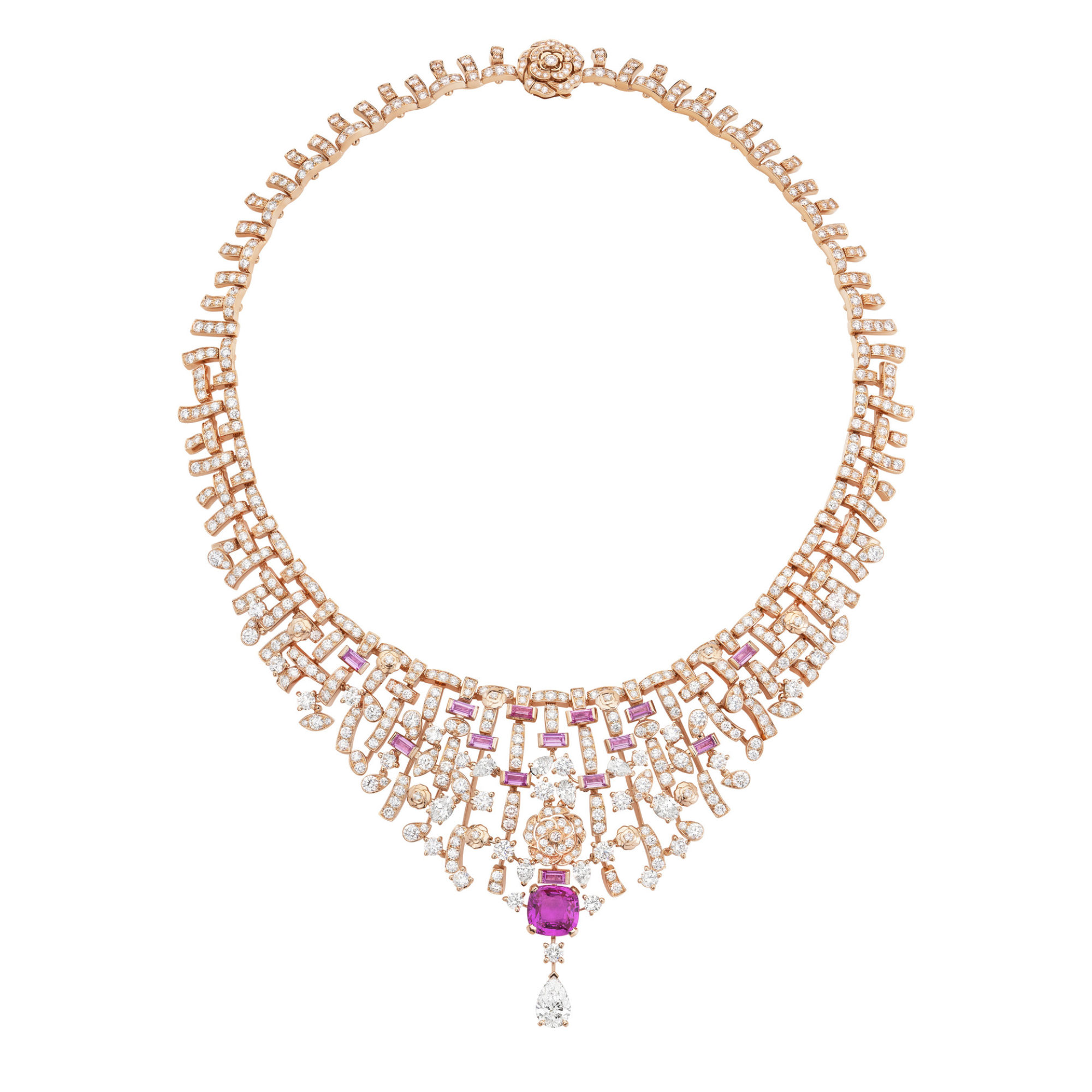
Her most enduring creations include the Open Bottle pendant (inspired by a vase Peretti picked up at a flea market), Diamonds by the Yard (a string of stones intended to make gems more casual and insouciant), the curvaceous Bean and Open Heart pendants, and the innovative wrist-shaped Bone cuff (which debuted at a 1970s fashion show by Peretti’s great friend and long-time collaborator, Halston).
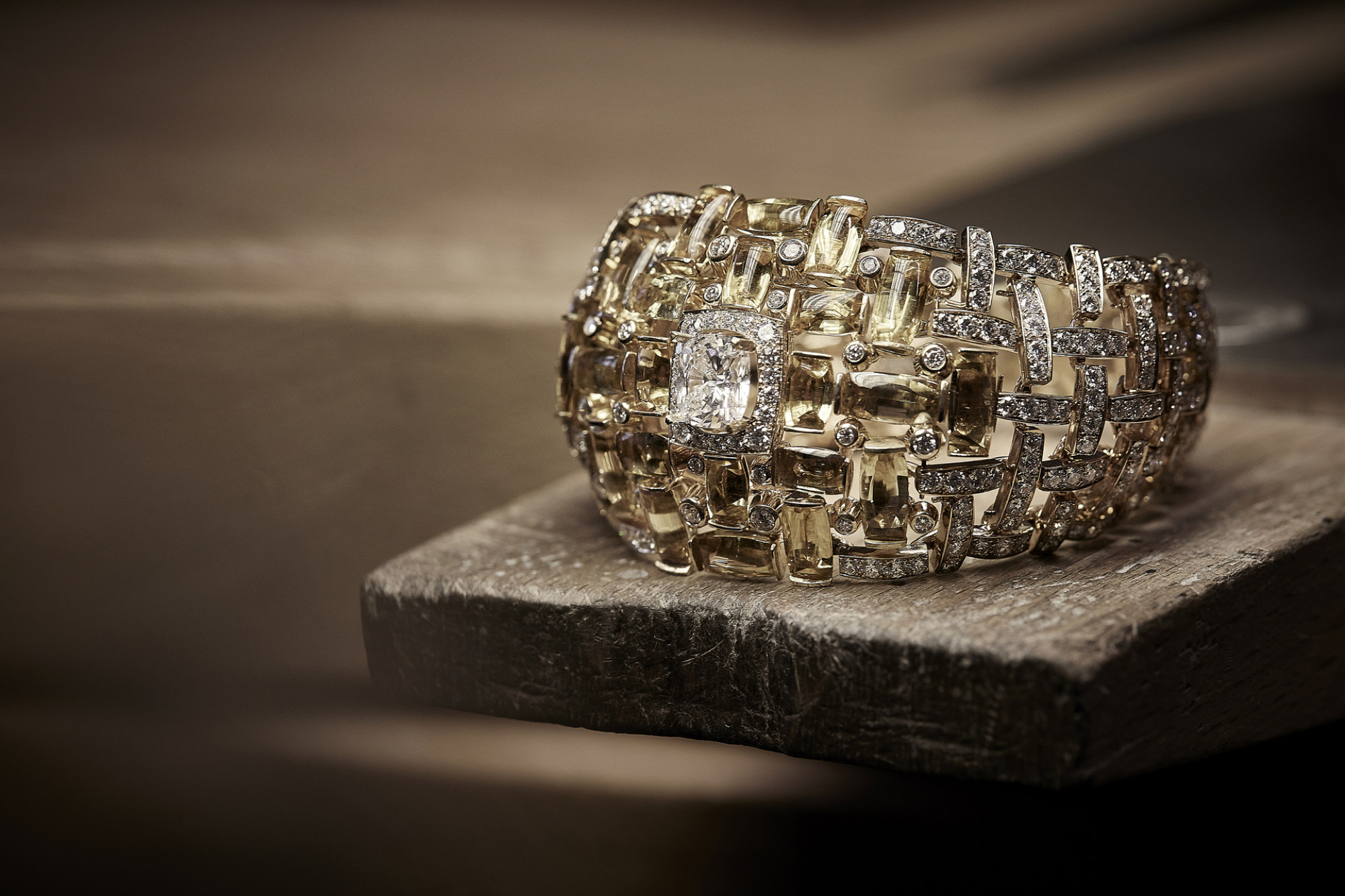
Heads up: how hair jewellery took the spotlight thanks to A-list fans

In fact, the movement takes its name from the 1925 International Exhibition of Modern Decorative and Industrial Arts, where Cartier’s jewellery was a highlight. Anyone seeking a contemporary take on the retro style of a century ago would do well to peruse the showcases at Cartier, where deco lives on in gems, precious metals and – in signature deco timepiece, the Tank – the suitably modern material of stainless steel.

- Going 1980s retro, high jewellery maison Boucheron references the Rubik’s Cube, New Wave and Milanese design collective The Memphis Group, while Stephen Webster channels the New Romantic movement
- Tiffany & Co. and Piaget are drawing inspiration from the decadence and vibrancy of the 70s, while Chanel is looking all the way back to the Jazz Age with its ‘1932’ collection of haute joaillerie